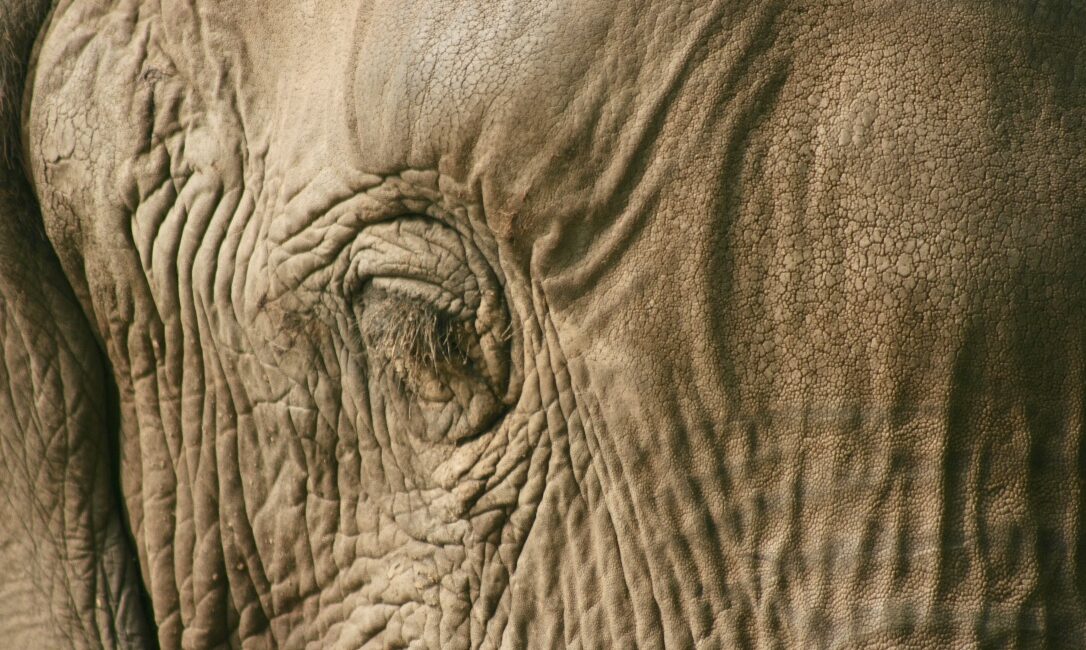The Elephants of Jim Corbett
By Prashanto Banerji
“Majestic Giants of Jim Corbett: In Awe of the Elephants”
In the heart of India’s wilderness, where the rhythm of nature orchestrates a harmonious symphony, Jim Corbett National Park stands as a testament to the country’s rich biodiversity. Among the myriad of species that call this protected haven home, the elephants of Jim Corbett emerge as true icons of grace, strength, and intelligence.
As the largest land mammals on Earth, elephants have long captured the human imagination with their sheer size and intricate social structures. In the vast expanse of Jim Corbett, these majestic giants roam freely, their presence shaping the ecological balance of this pristine landscape.
One cannot help but be enamored by the gentle giants as they navigate through the dense foliage, their massive frames casting a shadow over the vibrant tapestry of the park. Each step seems deliberate, carrying a weight of wisdom accumulated over centuries. The Corbett elephants are not merely inhabitants; they are custodians of an ancient wisdom that binds them to the very fabric of this natural sanctuary.
What sets the elephants of Jim Corbett apart is not just their physical grandeur but the integral role they play in maintaining the ecological equilibrium. As architects of the landscape, they shape the forest by creating clearings, forging trails, and dispersing seeds. In doing so, they become the unsung heroes of biodiversity, nurturing the flora and fauna that coexist in this delicate ecosystem.
Yet, the story of Corbett’s elephants extends beyond ecological significance. It is a narrative of family bonds and social intricacies that mirror our own. The matriarchal society that governs elephant herds showcases a profound sense of leadership and community. The elders impart their wisdom to the young, teaching them the art of survival and the secrets of the forest.
However, the elephants of Jim Corbett face challenges that threaten their existence. Human-wildlife conflict, habitat loss, and poaching cast shadows on their future. Conservation efforts become crucial to ensure the continued legacy of these majestic beings. Responsible tourism, community engagement, and stringent anti-poaching measures must form the pillars of our commitment to safeguarding these giants.
In the twilight of the day, as the sun dips below the horizon, painting the sky with hues of orange and pink, one can’t help but be humbled by the presence of the elephants of Jim Corbett. They are not just inhabitants of this land; they are the living, breathing soul of a wilderness that beckons us to appreciate, respect, and coexist.
As we stand on the precipice of change, it is our duty to become stewards of their legacy. The elephants of Jim Corbett are not just a spectacle; they are a reminder of our shared responsibility to protect and preserve the wonders of the natural world. In their silent footsteps, we find the echo of a harmonious coexistence that, if nurtured, can resonate through the corridors of time.


